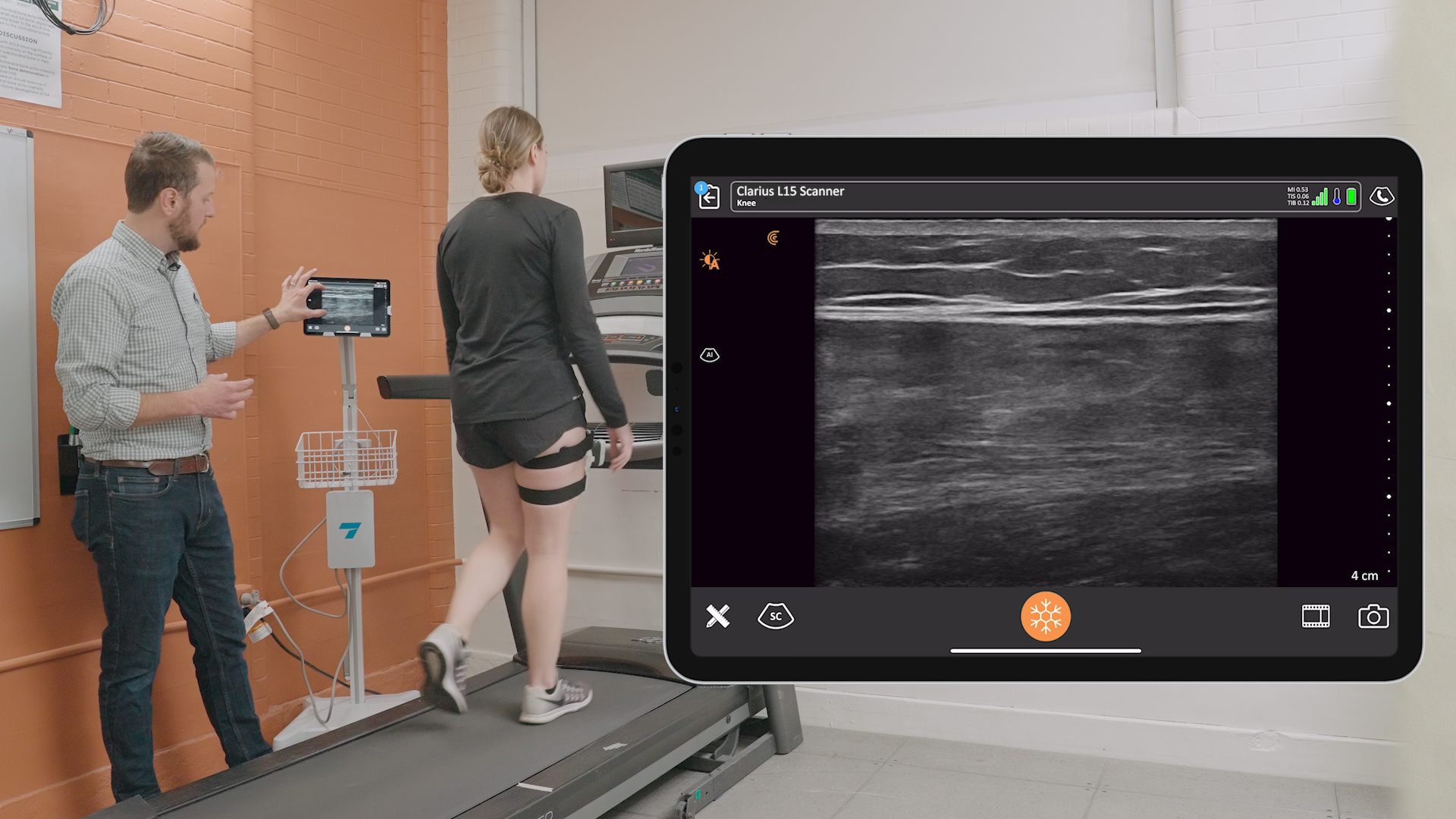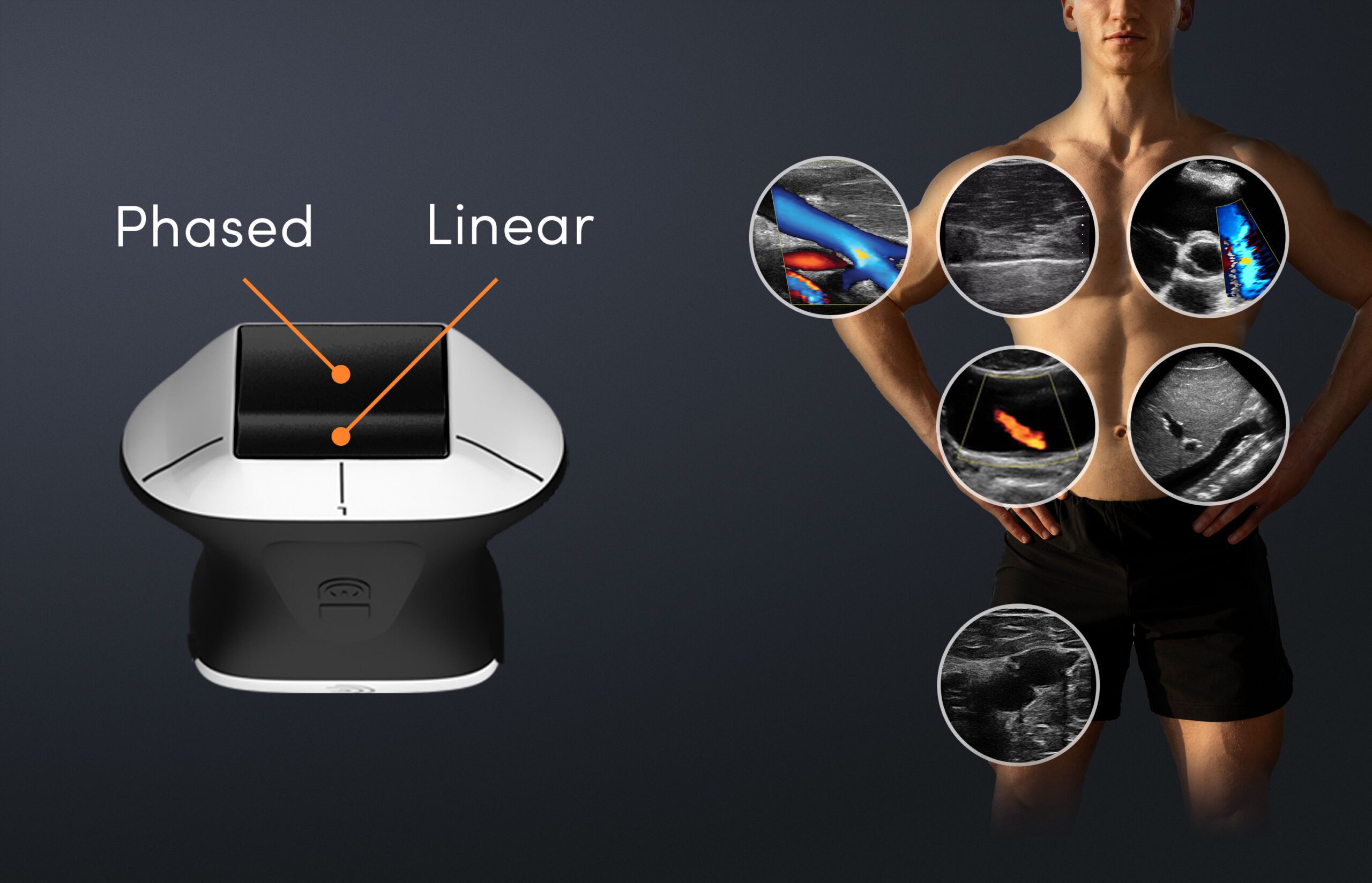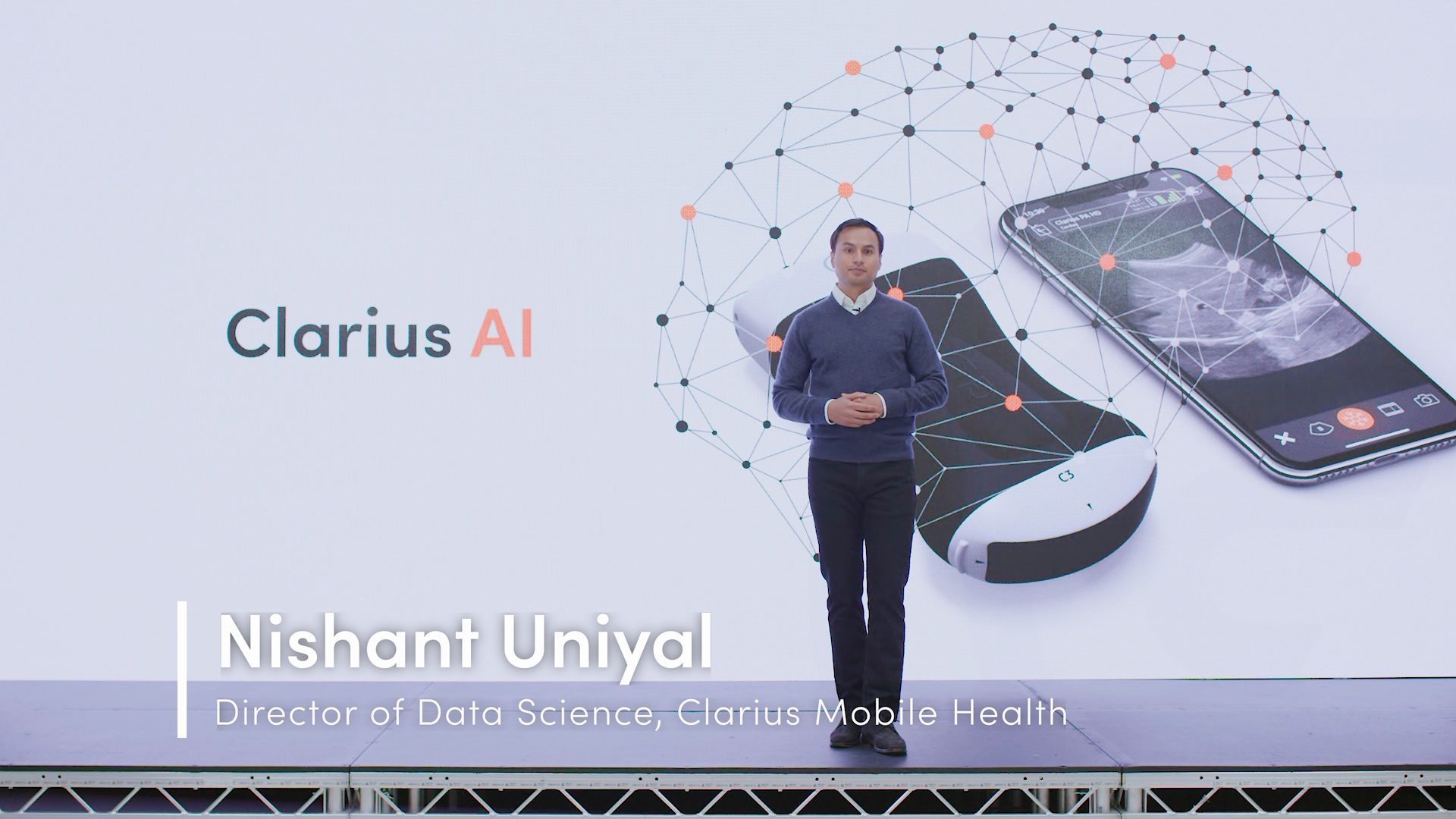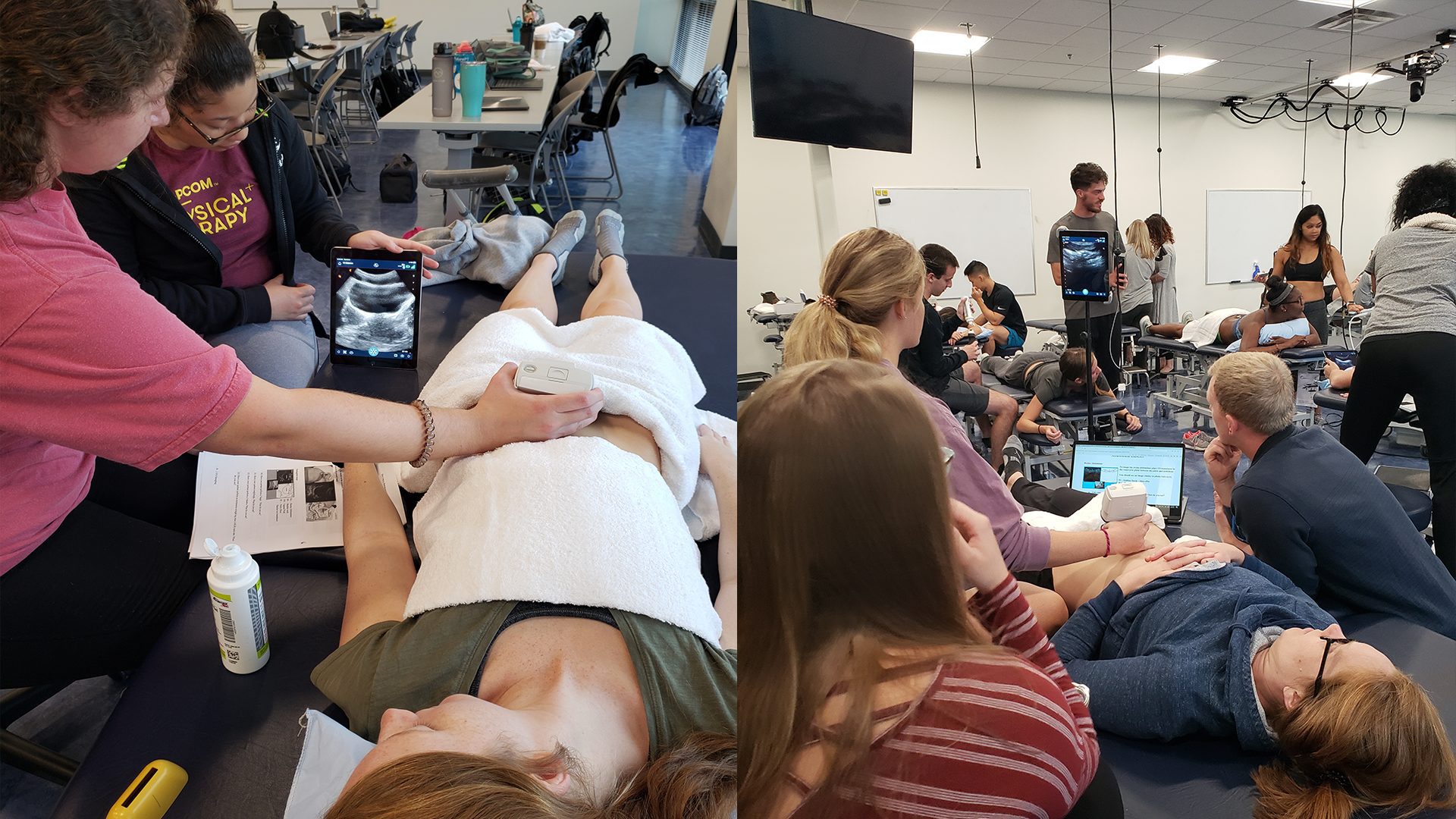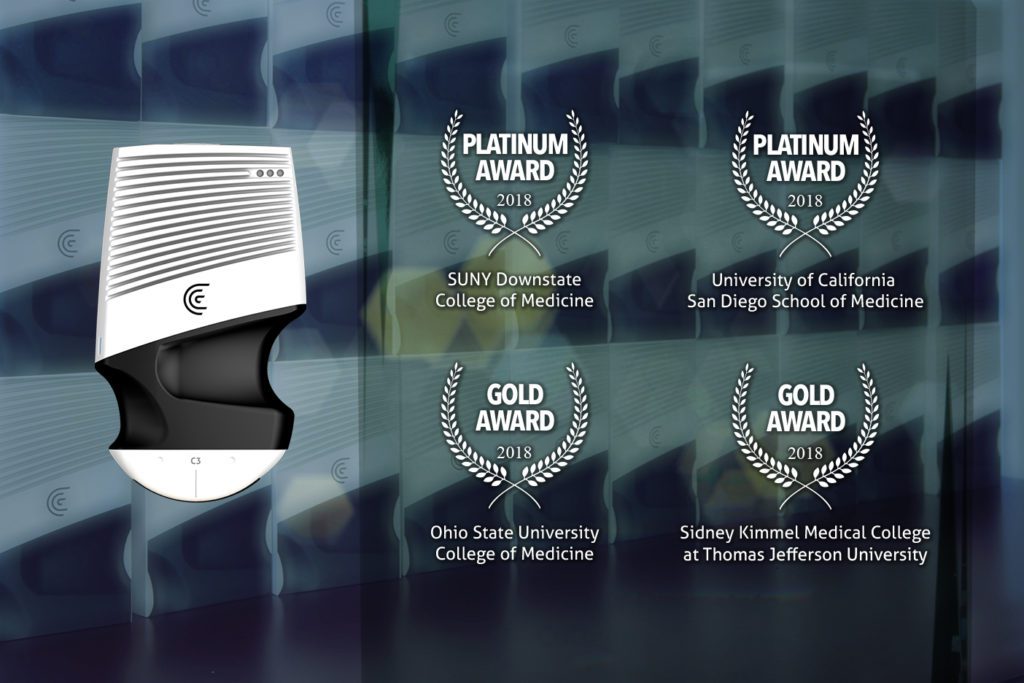Here at Clarius, one of our guiding principles is to engage as directly as possible with the medical community to understand the challenges that practitioners face and what they want in their tools.
As part of this ongoing effort, we recently invited a select group of medical students to our offices for a live demo of our wireless scanner. They were given an overview and demonstration by our CEO, Laurent Pelissier, after which they got to ask questions and try the device themselves.
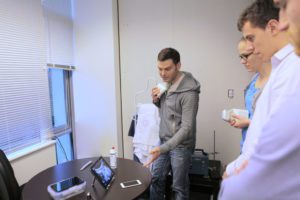
The students were enthusiastic about the product and provided enlightening insights into how they would use Clarius in their own work.
Here were some of the key takeaways:
Image quality is king. This was top of mind for every single medical practitioner we’ve spoken to, and the students were no exception. They were able to see first-hand that Clarius offers comparable image quality to traditional high-end point of care ultrasound machines.
How will Clarius address theft and loss prevention? In a hospital setting, medical devices are often misplaced or even stolen. The Clarius app will detect all devices within the immediate area and it will use GPS to keep track of who is using the device and where it was last used, which will make it easy to narrow searches for missing devices. The devices will only be useable by registered users.
Hygiene and durability are important factors because devices often have multiple users and gentle, careful handling is not always practical. The Clarius scanner is completely submersible for cleaning and has no cords, which makes it easier to handle in a sterile field. Its rugged magnesium casing is designed to withstand challenging environments.
One of the most promising applications of the Clarius scanner is to expand the range of clinical settings in which ultrasound can be practically employed. For instance, one of the students suggested that the scanner could be used by general practitioners to quickly rule out the need for an emergency room visit by performing some simple scans.
Using Clarius is intuitive because it is app-based and relies on the functionality of smart devices. For example, the students appreciated the ability to rewind and pause the display by simply dragging a finger along the video timeline.
We at Clarius are keen to engage with the medical community to find the best fit for our wireless handheld ultrasound scanner. Let us know if you have new ideas to share.


